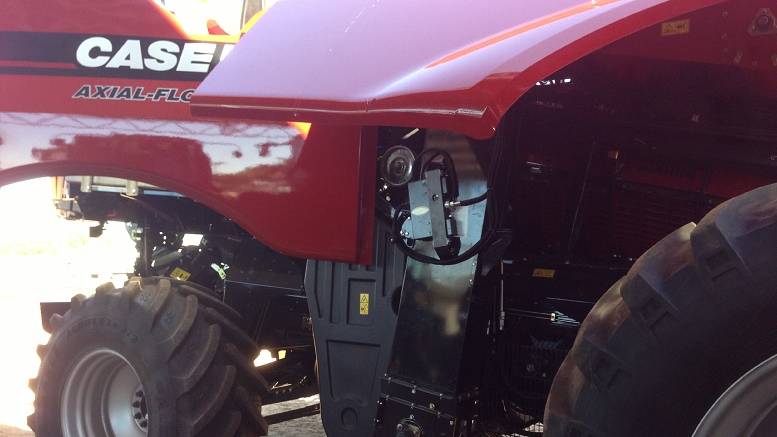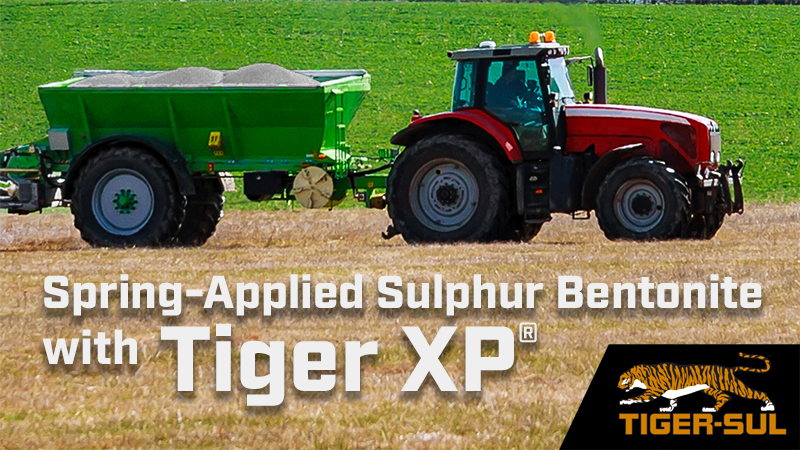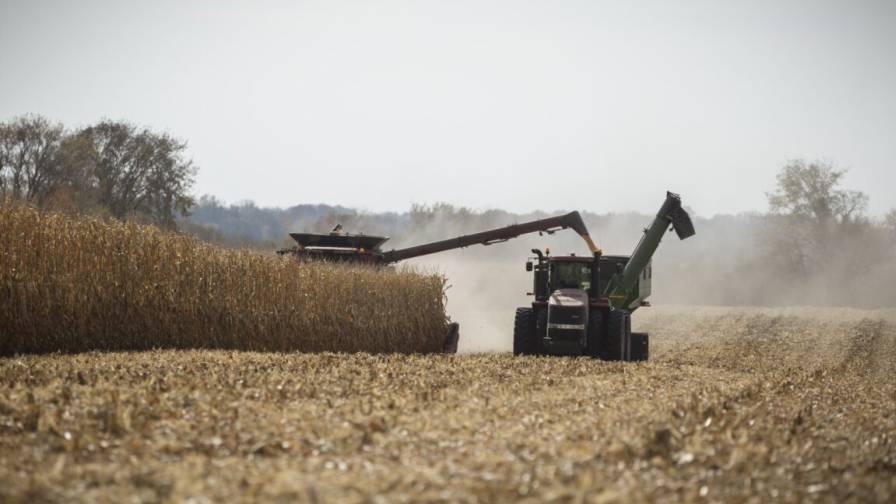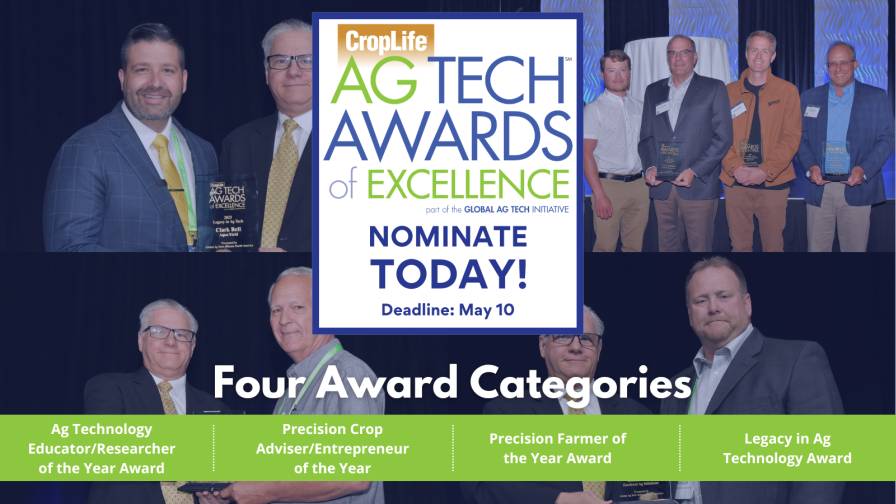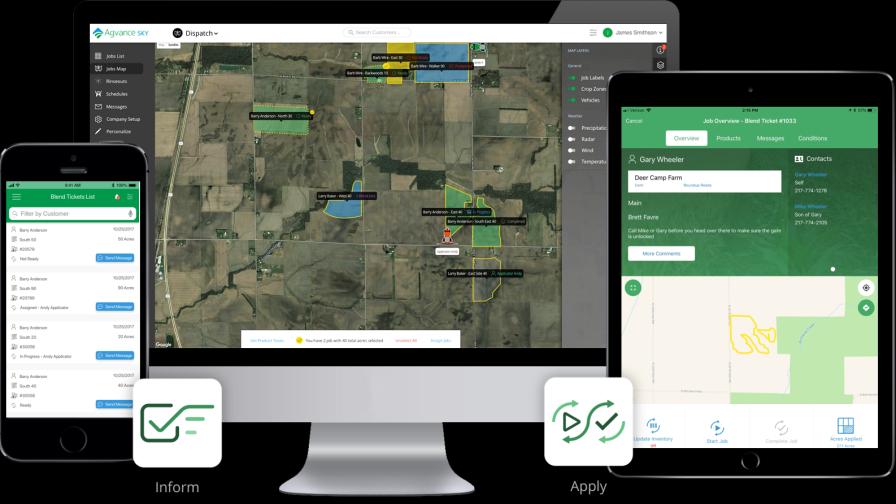The Power Behind Fertilizer Blending Software
The blending software arena, after experiencing an eventful campaign last year, is planning to generate just as much action in 2019, according to a half-dozen providers.
“2018 was a great year to be an ag retail blending software provider, Russell Shirley, Development Manager with Greenstone Systems, a Cultura Company, says.
And “2019 will continue to be a big year,” Jeff Ivan, Managing Director International Sales with AGI Fertilizer Systems, adds.
Here is a rundown of those six providers and their highlights looking back and moving forward:
AGI Fertilizer Systems
AGI’s Layco-Pro V4.0 Automation Software is an example as to how the company “continues to listen” to its customer needs and requirements, Ivan says. “Our investment in our own in-house automation team is an example of our commitment to the industry as we look toward the future,” he says.
Ag retailers, according to AGI National Account Manager David Pieper, should realize that the forensic data that they possess through their AGI systems could be used to run reports that can help every level of management.
“Locations may want to know how many trucks per day/hour go through their plant. Upper management may want to know how much of each product was used, i.e., fertilizer, micros, or chemicals,” Pieper says. “Our forensic data is very important. It would seem growers would like to know they are getting exactly what they need or what they ordered on their field and that they are billed for what they got.”
AGI has also created an industry first, it says, with its AGI Cloud Data Center. It is designed for customers to use to monitor and track the locations of blending plant activities.
“The AGI Cloud Data Center will continue to evolve as we add more features to the platform,” AGI Yargus Automation Manager Josh Woods says. “The ability to log information, such as what time the truck arrived at site, when loading started, and when loading was completed with what product/formulation, is good data for the site to collect, as they can monitor the time for throughput data efficiency as well as ensuring customer service is maintained for quick loadout and reduced wait times. In the near future we are also looking to bring the maintenance to the forefront with predictive maintenance and indicators that inform operators when service is required based off real-time operation of the plant. We continue to discuss the AGI Cloud Data Center with our customers to determine requirements for added features to enhance and improve the blending operations.”
The AGI Yargus Automation Group is working on a “major” new product that will enhance the company’s core automation systems. It is scheduled to launch this year. “Our goal is to improve our customers’ operational experience and system performance with our Layco-Pro Automation line,” Ivan says.
Ivan’s optimism over 2019 also stems from the increased need globally for precision blending. AGI is active in bringing the latest technology to developing regions of the world, including Africa and Southeast Asia.
Doyle Equipment Manufacturing
In 2018 the company’s first fully automated, multiple-hopper AutoBatch systems were installed in retail locations, and, according to Lloyd Lewis, in charge of Doyle’s Automated Systems Sales, they are “exceeding expectations.”
“Implementing a software program into a retail facility will provide a return on investment through savings in labor costs, inventory control, and efficiency gains,” Lewis says. “Also, Doyle can provide automation to any type of blending equipment. It’s not only for the large fully automated systems.
“Many growers are open to technologies that are available to them. We’ve had growers request the information provided through the software capabilities we offer from their supplier.”
Lewis notes that Doyle is the only manufacturer that has built usable systems at the factory that are available for customers to see firsthand. “In 2019 we’ll begin using them and our facility for customer training,” he says.
Kahler Automation
The company officially launched its Software Subscription program in late 2018. The program includes free software updates and software services and provides customers with additional tools to manage their locations.
“The goal of the program is to keep our customers as efficient as possible with access to the most robust and scalable software solutions; all the while eliminating any ‘surprise’ costs for upgrades and service,” Brian Sokoloski, in charge of Software Sales, says.
Throughout 2019 Kahler will continue onboarding existing customers to the new program while also focusing on improving its software solutions to meet the current and future needs of customers. “Kahler Automation is committed to the partnership we have with each of our customers and offering a subscription program strengthens that relationship,” Sokoloski says.
Blending software can be very powerful, he adds, when used in conjunction with other third-party software. “Sharing of data between systems is a top priority these days to reduce double and triple entry of the same information. It is very important when selecting a blending software that is capable of seamlessly integrating with other software solutions, such as ERP, dispatching, formulation packages, etc. Kahler Automation offers a comprehensive solution that essentially eliminates your need to double-enter information by integrating with over 80 other software solutions.”
Greenstone Systems
The company’s “great” 2018 included several developments, according to Shirley.
First, Greenstone created EasyBlend for Agroguide retailers for dry and liquid fertilizer blending. “EasyBlend streamlines the entry of key information needed to price and create fertilizer blend sheets,” Shirley says. “This work leveraged feedback from many retailers to build what we believe is a very fast and easy way to create quotes and formulations.”

Russell Shirley
Next, the company focused on its agronomy integration system by expanding its AgSync integration to include bi-directional synchronization for farm, field, and invoicing split information to aid agronomists no matter if they are working in AgSync or AGRIS. “The customer’s farm and field information is now always accurate,” Shirley says.
Greenstone also introduced a new integration to Agworld as another tool to help strengthen the retailer’s relationship with the grower.
“This year is off to a great start,” Shirley says, “and retailers will soon see some pretty exciting mobile offerings to ensure fertilizer and crop inputs are top of mind. These enhancements will allow the agronomists, account managers, sales team, and applicators to do more than ever out in the field, while knowing less work is required in-office to complete the jobs.”
Today’s blending software is much more than mixing liquid and dry products successfully, Shirley says. “These systems must update application equipment, inform schedulers of tasks that must be completed, manage credit and inventory risk, update all parties of the field history, and ensure regulatory compliance before and after the job. … Doing all of this and having confidence that the numbers are accurate at the end of the process is where margin is made or lost on a daily basis. On an exciting note, we are quickly approaching plant automation and mobile integration options that are only constrained by our imagination,” he says.
Murray Equipment Inc. (MEI)
In 2018 the company began bringing its ICS products over to its new technology platform to incorporate time-saving features, such as drag-n-drop.
This year Murray Equipment has a series of releases scheduled that will bring new functionality to the entire industry, according to Sales and Marketing Manager Todd Scobie. These features largely relate to supporting complex customer, vendor, and location relationships, he says.
“For growers that rely heavily on agribusinesses and cooperatives for their agronomy needs, the ag retailers that use MEI’s ICS products will typically provide faster service, experience less billing errors, have less product shortages, and offer better customer communication,” Scobie says.
SSI/Agvance
Agvance has been focused on the rapid adoption of new web-based tools and apps that fit into the retail order process, according to Vice President of Business Strategy Rob Bullock.
“Many longtime customers began using our online blending/dispatching software and were able to realize dramatic gains in efficiency and customer satisfaction,” Bullock says. “These tools for dispatching and blend order management will be a game changer for many customers in 2019 as they continue to look for ways to streamline their businesses and their processes. In this climate of merger mania and low commodity prices, these gains in efficiency can be a critical component for survival in the retail ag market.”
Agvance can help retailers become more efficient at each step of the custom application workflow, Bullock says, from being able to connect blending software to automated blenders, to managing the logistics of getting the correct equipment to the field at the right time. “When the right blending software is utilized by a retailer, accurate records are being captured that the grower can access online immediately and/or at the end of the season,” he says. “The Grower360 app provides growers with vision of their blend orders as the orders are processed and completed as well as providing information to help plan for next season.”


